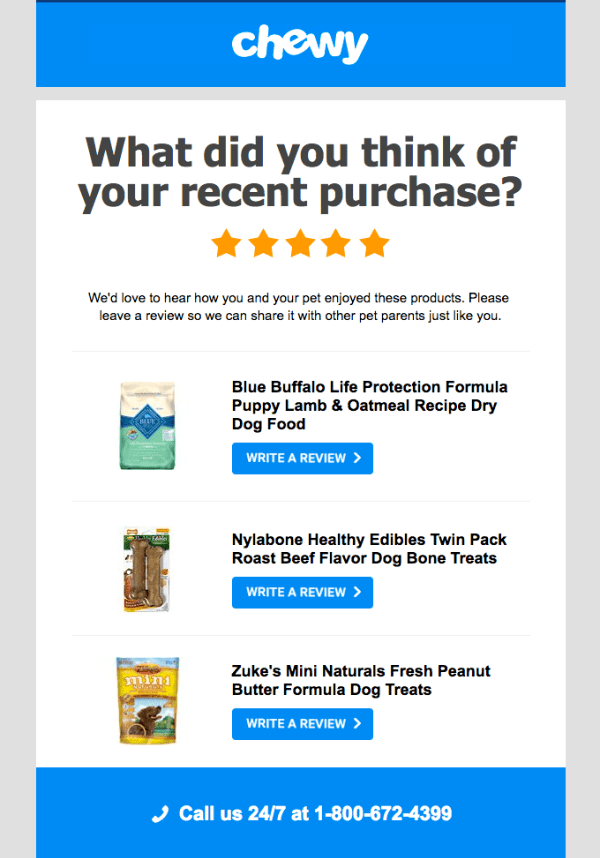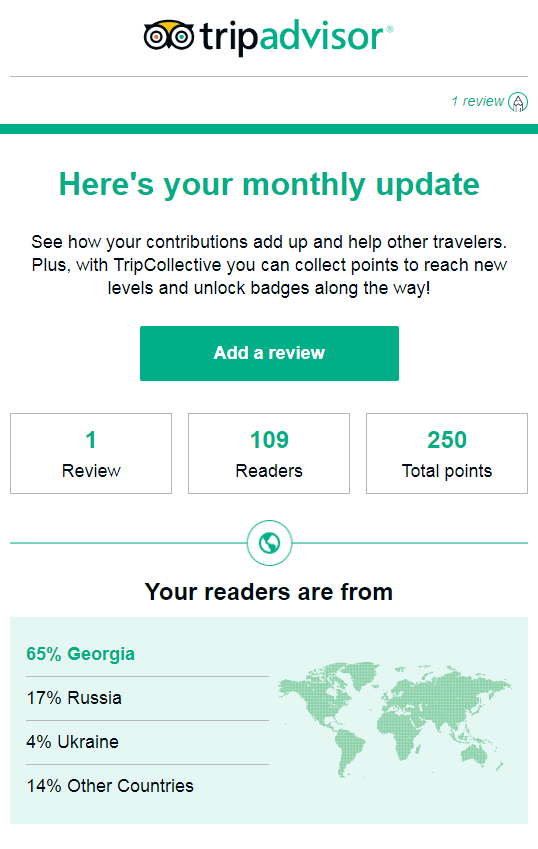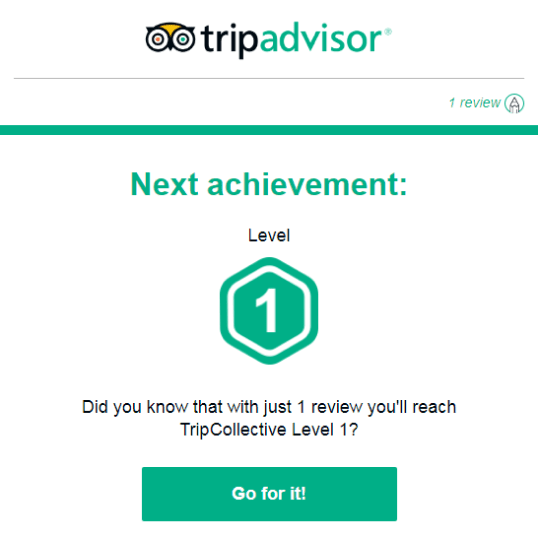Customer reviews are a potent marketing tool that can help you boost your sales and establish a strong brand image. In this article, we’ll talk about the psychology behind customer reviews and the ways to integrate this tactic into your email marketing strategy. So read on to get the answer to the most popular question: How to ask for reviews?
Content:
Why are customer reviews important?
Nearly 95% of customers read reviews before making a purchase, 84% of them trust online reviews as much as personal recommendations. These numbers represent a social proof in action: it establishes a strong value proposition of the product through the demonstration of its popularity and success among consumers.
Social proof is based on a few psychological principles, including the implicit egotism tendency and self-determination theory.
According to the implicit egotism tendency, people get attracted to everything that mirrors themselves. For instance, when customers read reviews, they may find a problem that bothers them too, which becomes a trigger to purchase a product or service.
Self-determination theory, in turn, tells us that humans are social animals whose feeling of connection with other human beings is a basic psychological need. In short, people may unconsciously think, “I want to have what they are having,” while reading reviews of a product.
Now, let’s step away from psychological factors and see what else is important to know about customer reviews.
More reviews equal higher company rating, thus, more potential customers. Online reviews make up 15% of Google local search ranking factors based on aspects like review quantity, velocity, quality, diversity, and others. It means that the more quality reviews your company gets, the higher are your chances to appear on the first page of Google search results, which is very important, provided 95% of people never go to page 2.
How to use customer reviews
No matter in what ways you use customer reviews, remember that your business will benefit from them in any case.
So what are the benefits?
Room for improvement. You can upgrade your services or products based on the reviews. Your customers might offer useful ideas or point out bugs that you haven’t noticed before.
Customer loyalty. By analyzing your statistics and checking who is more active at leaving reviews, you can identify your most loyal customers and make them a part of your VIP list, to whom you will give gifts or invite to special events.
Higher revenues. Displaying reviews may increase sales by 270%. So, you can publish them on your social media accounts, share them via email, or feature them on your product landing pages to prove to customers that you are the real deal.
And Comfort, for instance, share feedback and even photos of women wearing their apparel in emails to demonstrate and increase customer loyalty.

How to get customer reviews
Asking customers for reviews should always be up to the point. Here we recommend two steps: post-purchase email and post-review email.
Step 1. Asking customers for reviews through a post-purchase email
Post-purchase emails are automated messages usually sent after a customer completes a transaction. In fact, 80% of reviews are collected owing to a post-purchase email which contains a link to a purchased product, and it’s easy to explain why. While customers’ interest in the company they’ve just been interacting with is still high right after a purchase, they will be more likely leave their reviews.
A typical post-purchase email contains one or more questions about a purchased product and a call to action button leading to the review page. Take a look at an example from Chewy below:

While asking customers for reviews, the company wants them to evaluate every item purchased instead of the entire purchase. What’s more, there should be images of these items so that customers won’t feel confused about what products they are supposed to review.
Apart from product images, there are some other tips on how to compose an effective post-purchase email asking customers for reviews:
- Give your customer enough time to try the product. Depending on the category of products you sell, it might take from one day to a couple of weeks. For example, people need more time to study and get the hang of electronic devices than to try on new apparel.
- Create an engaging subject line. You can include the mention of the purchased product or the bonus which a customer will get after leaving a review. Experiment with emojis, questions, and store names to find a perfect subject line formula which will motivate subscribers to open your emails.
- Make your email copy short and comprehensible. Avoid longreads. Just thank your customer for the purchase and explain why it’s important for your company to get their reviews.
- Pay attention to reviews people leave. Embrace both positive and negative feedback in a post-review email.
Step 2. Responding to customer reviews in a post-review email
Seeing that companies respond to feedback makes 41% of consumers feel that a company cares about them. So, do not neglect this step. Your feedback will always depend on the review itself:
- When the review is negative. Let the customer know that you do your best to solve the upcoming problems and leave some contact information of a specialist who can work on the issue. It’s essential to keep in touch with the consumer until the problem is solved.
- When the review is positive. Thank your customers and offer them to share that review on social media or your website. You can apply cross-selling technique and demonstrate some other products as well.
Some companies tend to demonstrate how helpful a user’s review was for them. For example, TripAdvisor provides interesting statistics on reviews every month, motivating subscribers to leave their feedback more often.

They also apply elements of gamification and give awards to the most active users.

Quick final tips
Customer feedback can significantly raise your sales and brand reputation if you know how to ask for reviews and how to apply them.
Use subject lines, preheaders, and content of your emails to motivate users to leave a review and respond to it as soon as you receive it. Remember that the most important features of review emails is to ask customers for reviews are simplicity and a friendly tone of voice. Value negative reviews becuase they help you grow and always solve upcoming issues to leave every customer happy.
Asking customers for reviews should become one of your routine tasks, and that is where SendPulse will always be helpful. What’s more, with our service, you will be able to build your entire email strategy, track all important metrics, and combine email with other tools like web push and Facebook chatbots.





